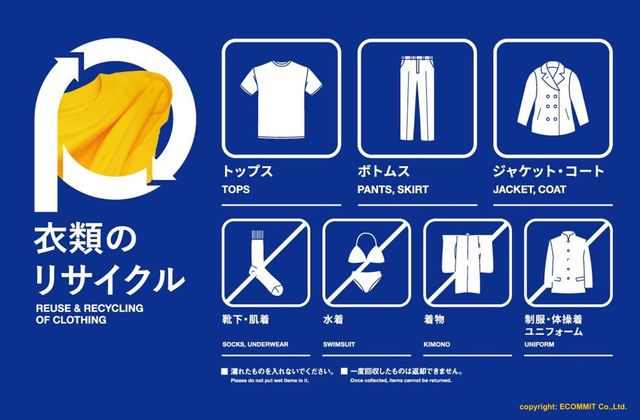Sector: Software as a service, Digital platforms
What is it? Rheaply provides asset management software for organizations to maximize the resource efficiency of their assets. Through the software, existing assets can be documented, idle assets can be rented out, and broken assets can be sent for repair (Rheaply, 2021).
Why is this important? Many organizations order new assets that they already have but do not know about (Rheaply, 2021). At the same time, assets may get discarded that are still functional. Better managing existing assets can improve the resource efficiency within and across organizations (Ellen MacArthur Foundation, 2019). For example, the University of Illinois Chicago uses Rheaply to redistribute excess resources and assets across campus departments (Feher et al., 2020).
Main resource strategy:
- Slowing resource flows by renting out, reusing, redistributing and repairing existing assets to extend their product lives (Rheaply, 2021).
Business model aspects:
- Value Proposition: Total resource efficiency for organizations and saved costs by avoiding double-purchasing and by allowing cheaper purchases of used products
- Value Creation & Delivery: A software solution that lets organizations better manage their assets
- Value Capture: Licensing fees for the software
Business model experimentation practices: While Rheaply started off by helping organizations to manage their internal assets across departments, it has started exploring how to connect different organizations and end users so that they can share (sell, rent out) their assets amongst each other, to further maximize the resource efficiency of the assets.
Sustainability outcomes: By better managing existing assets, Rheaply helps organizations to prevent the purchasing of unnecessary assets, to better utilize existing assets by sharing them, and by sending them in for repair and maintenance if needed. This saves material and greenhouse gas emissions.
Sources:
Ellen MacArthur Foundation (2019). Accelerating The Circular Economy Through Commercial Deconstruction And Reuse. Available at: https://www.ellenmacarthurfoundation.org/assets/downloads/google-deconstruction-and-reuse.pdf
Feher, Savannah; Iosbaker, Joe; Janssen Mahajan, April; Klein-Banai, Cindy; Pai, Shantanu; Scrogum, Joy (2020). UIC Sustainable Materials Management Plan. Available at: https://www.ideals.illinois.edu/handle/2142/108861
Rheaply. (2021). Accessed 5 May 2021 at: https://rheaply.com
***
About project Circular X
Project Circular X is about ‘Experimentation with Circular Service Business Models’. It is an ambitious research project funded by the European Research Council (ERC) which supports top researchers from anywhere in the world. Project CIRCULAR X runs from 2020-2025. The project is led by Principal Investigator (PI) Prof Dr Nancy Bocken, who is joined by a multidisciplinary team of researchers at Maastricht Sustainability Institute (MSI), Maastricht School of Business and Economics, Maastricht University. The project cooperates with businesses who want to innovate towards the circular economy.
Project Circular X addresses a new and urgent issue: experimentation with circular service business models (CSBMs). Examples of such new business models include companies shifting from selling products to selling services and introducing lifelong warrantees to extend product lifetimes. However, CSBMs are far from mainstream and research focused on experimentation is little understood. The research aims to conduct interdisciplinary research with 4 objectives:
- Advancing understanding of CSBMs; their emergence and impacts
- Advancing knowledge on CSBM experimentation
- Developing CSBM experimentation tools
- Designing and deploying CSBM experimentation labs
Funding source
This project has received funding from the European Research Council (ERC) under the European Union’s Horizon 2020 research and innovation programme, grant agreement No. 850159.
Using of this information
When you refer to this case, please use the following source:
Circular X. (2021) Case study: Rheaply. Accessed from www.circularx.eu



